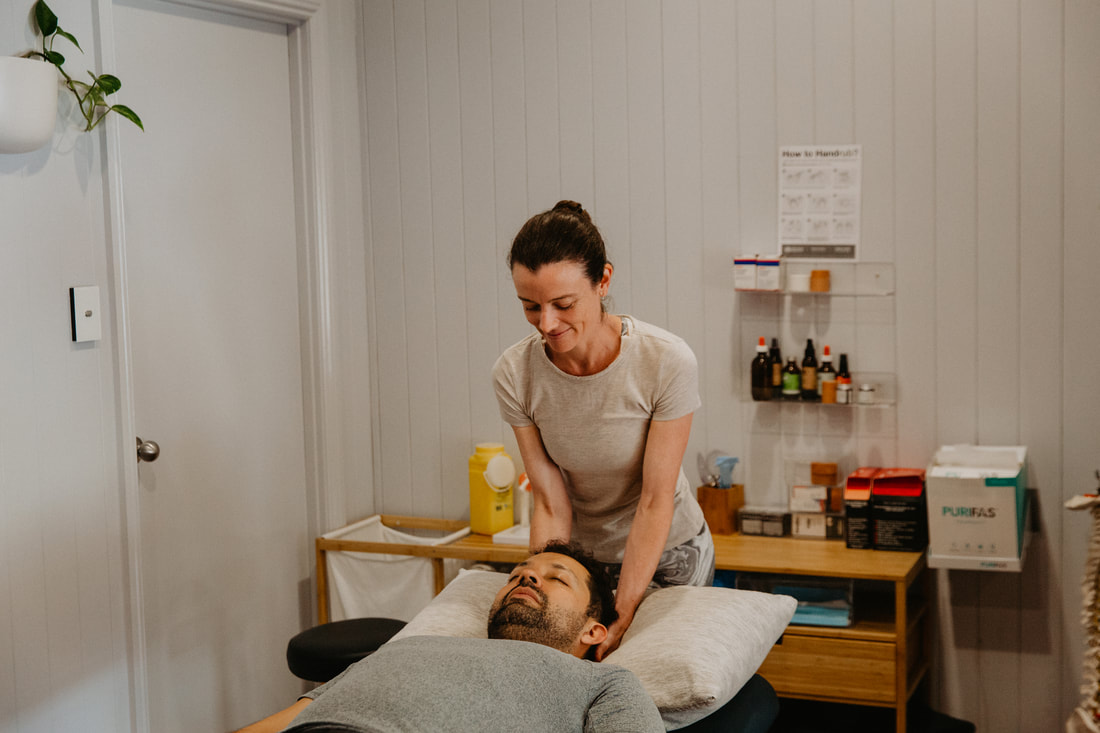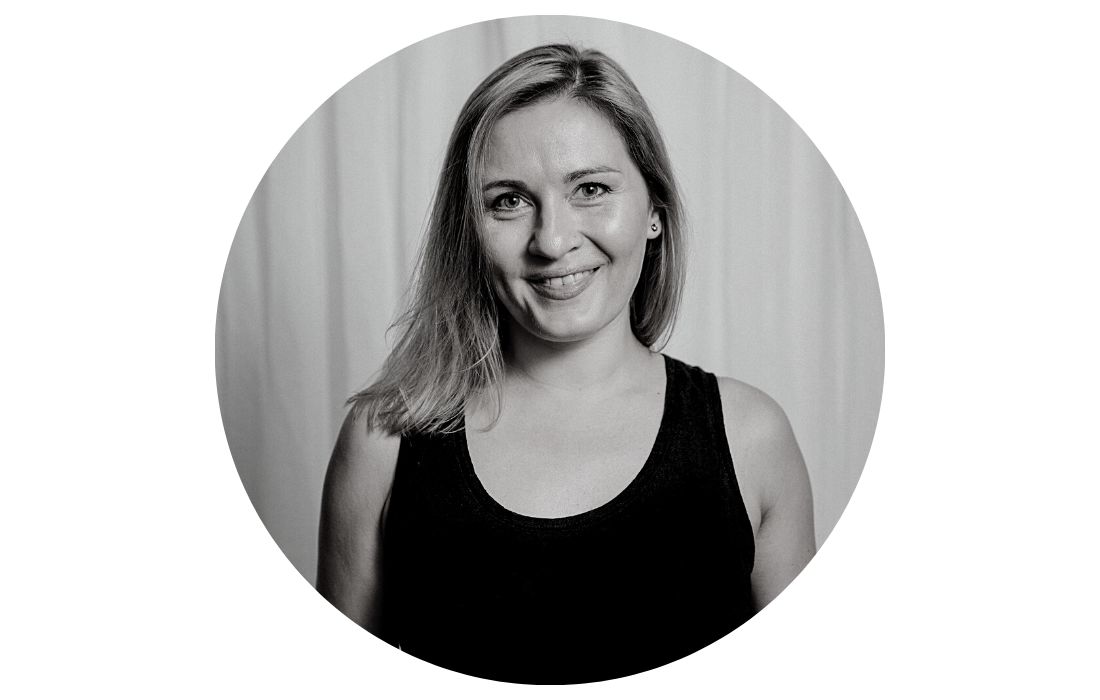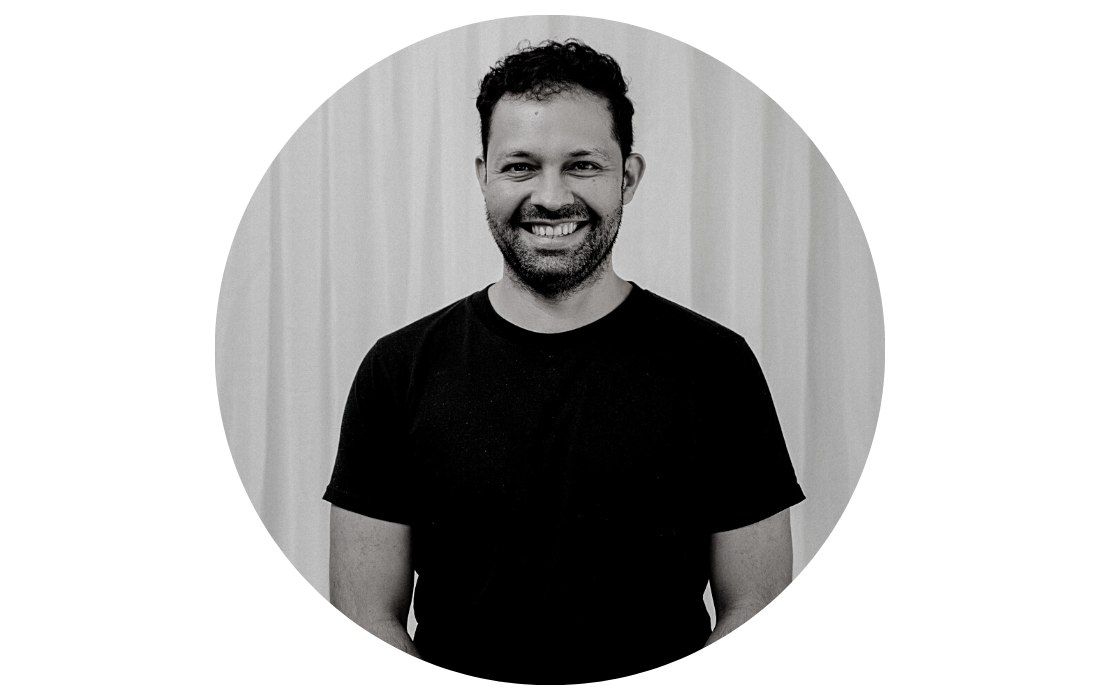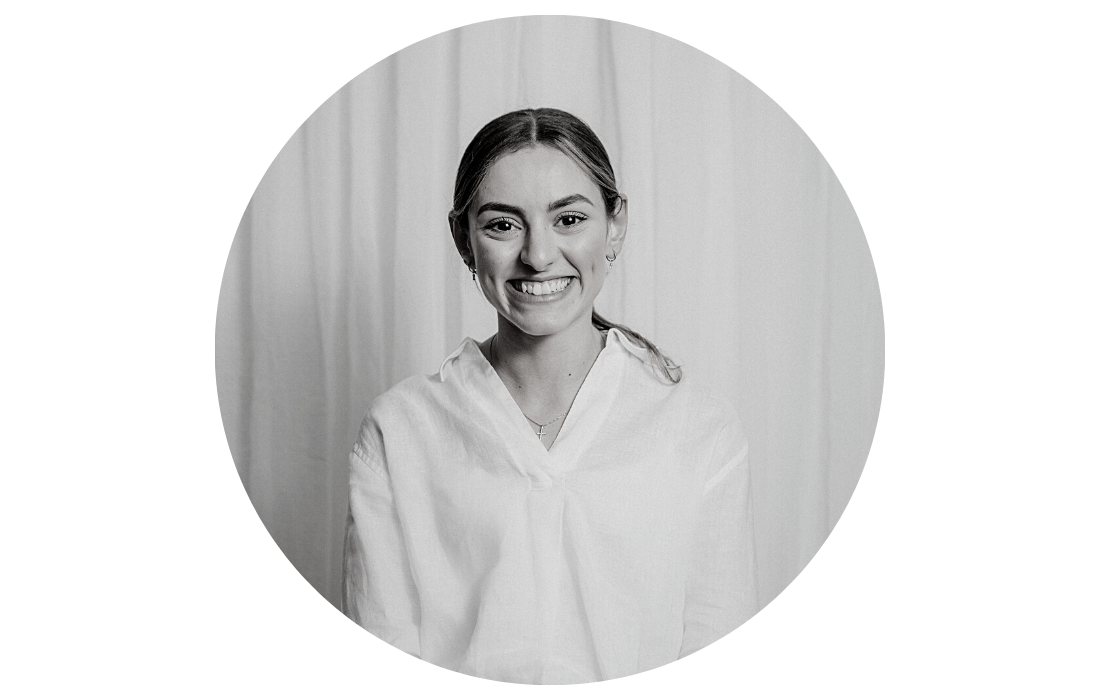Cervical Disc Herniation Physiotherapy Brisbane southside.
What is Cervical Disc Herniation?
Cervical disc herniation, also known as a herniated or slipped disc in the neck, is a medical condition that occurs when the inner core of a spinal disc in the cervical spine (neck) pushes through the outer ring, causing pain and other symptoms.
What causes Cervical Disc Herniation?
Cervical disc herniation can result from various factors, including:
What are the symptoms of Cervical Disc Herniation?
The symptoms of cervical disc herniation can vary but often include:
How is Cervical Disc Herniation diagnosed?
Diagnosis typically involves a combination of:
What is the treatment for Cervical Disc Herniation?
Treatment options for cervical disc herniation may include:
What is the prognosis for Cervical Disc Herniation?
The prognosis for cervical disc herniation varies from person to person and depends on the severity of the herniation, the effectiveness of treatment, and individual factors. Many people experience significant relief with conservative treatments, while others may require surgical intervention.
How is Cervical Disc Herniation prevented?
To reduce the risk of cervical disc herniation, individuals can:
How can physiotherapy help with Cervical Disc Herniation?
Physiotherapy can be a valuable component of the treatment plan for cervical disc herniation. The goals of physiotherapy in this context are to reduce pain, improve function, and prevent recurrence of symptoms. Here's how physiotherapy can help with cervical disc herniation:
It's important to note that the specific physiotherapy approach may vary depending on the severity of the disc herniation and the individual's symptoms. Physiotherapists tailor their treatment plans to the unique needs of each patient.
Individuals with cervical disc herniation should consult with a healthcare provider, such as a physiotherapist or orthopaedic specialist, for a thorough evaluation and personalised treatment plan. Early intervention and adherence to recommended exercises and lifestyle modifications can significantly improve outcomes for those with cervical disc herniation.
If you or a loved one has questions about Cervical Disc Herniation and how our physiotherapists might be able to help please call us on 07 3706 3407 or email [email protected]. We would love to work with you!
Cervical disc herniation, also known as a herniated or slipped disc in the neck, is a medical condition that occurs when the inner core of a spinal disc in the cervical spine (neck) pushes through the outer ring, causing pain and other symptoms.
What causes Cervical Disc Herniation?
Cervical disc herniation can result from various factors, including:
- Age-related degeneration: As people age, the spinal discs can lose water content and become less flexible, making them more prone to herniation.
- Trauma or injury: A sudden impact or injury to the neck can cause a disc to herniate.
- Repetitive motion or strain: Activities or occupations that involve repetitive neck movements or heavy lifting may increase the risk of disc herniation.
- Smoking: Smoking is associated with accelerated disc degeneration and an increased risk of herniation.
What are the symptoms of Cervical Disc Herniation?
The symptoms of cervical disc herniation can vary but often include:
- Neck pain that may radiate to the shoulder and arm.
- Tingling, numbness, or weakness in the arm, hand, or fingers.
- Muscle weakness in the affected limb.
- Difficulty with fine motor skills and coordination.
- Changes in reflexes.
How is Cervical Disc Herniation diagnosed?
Diagnosis typically involves a combination of:
- Medical history: Including a description of symptoms and any relevant injuries.
- Physical examination: To assess muscle strength, reflexes, and range of motion.
- Imaging studies: Such as X-rays, magnetic resonance imaging (MRI), or computed tomography (CT) scans to visualise the spine and confirm the presence and location of the herniated disc.
What is the treatment for Cervical Disc Herniation?
Treatment options for cervical disc herniation may include:
- Conservative treatment: This often includes rest, physical therapy, and pain management with medications such as non-steroidal anti-inflammatory drugs (NSAIDs) or muscle relaxants.
- Physical therapy: To strengthen the neck muscles, improve posture, and enhance range of motion.
- Epidural steroid injections: These may be used to reduce inflammation and relieve pain.
- Surgical intervention: If conservative treatments are ineffective or if the herniation is severe and causing neurological deficits, surgery such as discectomy or spinal fusion may be recommended.
What is the prognosis for Cervical Disc Herniation?
The prognosis for cervical disc herniation varies from person to person and depends on the severity of the herniation, the effectiveness of treatment, and individual factors. Many people experience significant relief with conservative treatments, while others may require surgical intervention.
How is Cervical Disc Herniation prevented?
To reduce the risk of cervical disc herniation, individuals can:
- Practice good posture.
- Avoid repetitive neck movements or heavy lifting without proper technique.
- Maintain a healthy lifestyle, including regular exercise and not smoking.
How can physiotherapy help with Cervical Disc Herniation?
Physiotherapy can be a valuable component of the treatment plan for cervical disc herniation. The goals of physiotherapy in this context are to reduce pain, improve function, and prevent recurrence of symptoms. Here's how physiotherapy can help with cervical disc herniation:
- Pain Management: Physiotherapists can use various modalities, such as heat or cold therapy, ultrasound, or electrical stimulation, to help alleviate pain and reduce inflammation in the affected area.
- Education: Physiotherapists educate patients about their condition, including the causes and contributing factors of disc herniation. They can also provide guidance on proper posture, body mechanics, and ergonomics to minimise strain on the cervical spine.
- Manual Therapy: Physiotherapists may use hands-on techniques like manual traction, mobilisation, or manipulation to gently restore proper alignment and movement of the cervical spine. These techniques can help reduce pain and improve range of motion.
- Exercise Prescription: A tailored exercise program is a central component of physiotherapy for cervical disc herniation. Physiotherapists design exercises to strengthen the muscles that support the neck, improve posture, and enhance overall spinal stability. These exercises may include:
- Neck and shoulder stretches to increase flexibility.
- Strengthening exercises for the neck, upper back, and core muscles.
- Range of motion exercises to improve cervical spine mobility.
- Postural correction exercises to maintain proper alignment.
- Core Strengthening: Strengthening the core muscles can help support the spine and reduce strain on the cervical discs. Physiotherapists often incorporate core exercises into the treatment plan.
- Cervical Traction: In some cases, cervical traction may be used to relieve pressure on the affected disc by gently stretching the neck. This can help reduce pain and improve mobility.
- Modalities: Physiotherapists may use modalities like transcutaneous electrical nerve stimulation (TENS) or ultrasound therapy to provide pain relief and promote healing.
- Activity Modification: Physiotherapists work with patients to identify activities or movements that exacerbate symptoms and provide guidance on modifications to minimise strain on the neck.
- Home Exercise Program: Patients are often given a customised home exercise program to continue their rehabilitation independently. Consistent adherence to these exercises is crucial for long-term recovery.
- Prevention Strategies: Physiotherapists educate patients on strategies to prevent future episodes of cervical disc herniation, such as maintaining good posture, lifting techniques, and ergonomic adjustments.
It's important to note that the specific physiotherapy approach may vary depending on the severity of the disc herniation and the individual's symptoms. Physiotherapists tailor their treatment plans to the unique needs of each patient.
Individuals with cervical disc herniation should consult with a healthcare provider, such as a physiotherapist or orthopaedic specialist, for a thorough evaluation and personalised treatment plan. Early intervention and adherence to recommended exercises and lifestyle modifications can significantly improve outcomes for those with cervical disc herniation.
If you or a loved one has questions about Cervical Disc Herniation and how our physiotherapists might be able to help please call us on 07 3706 3407 or email [email protected]. We would love to work with you!
Who to book in with:
Yulia Khasyanova
|
Mauricio Bara
|
Monica Hanna
|



